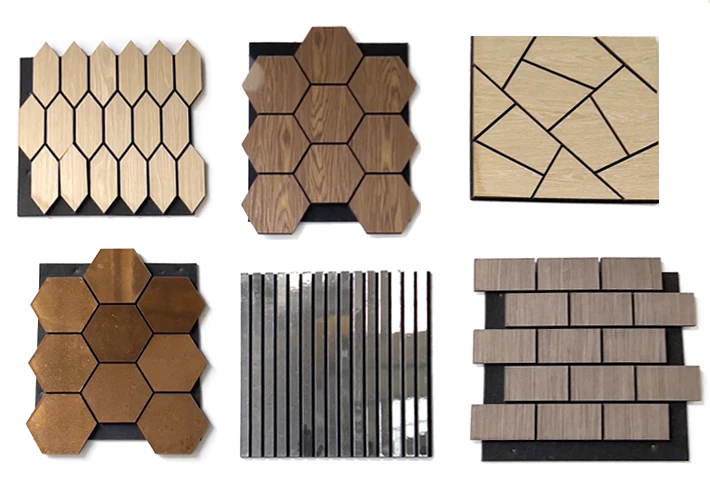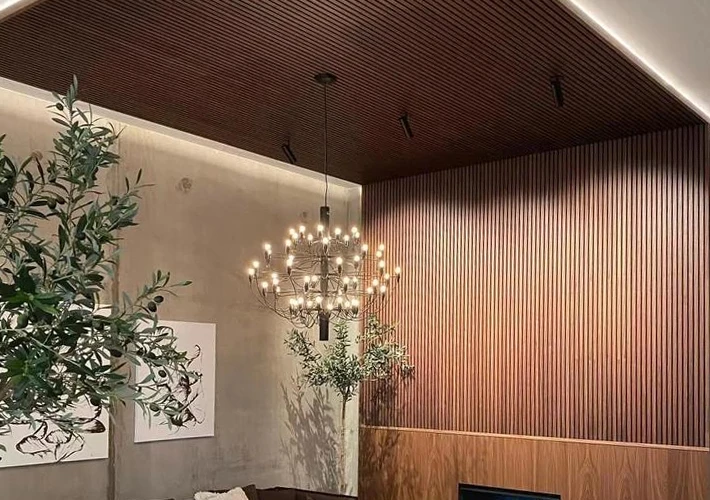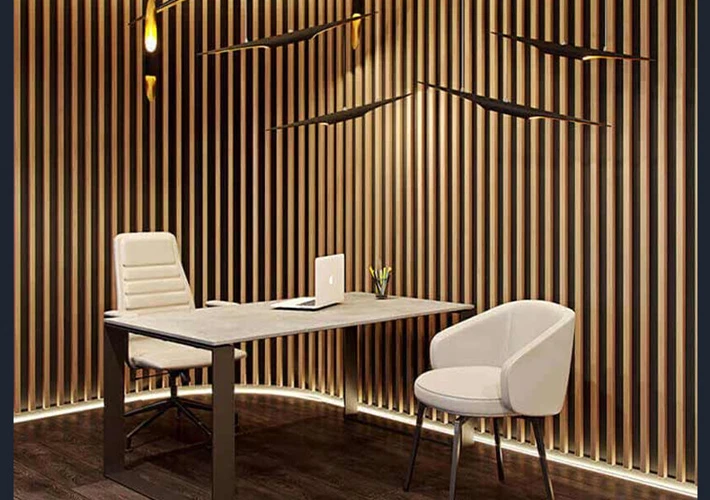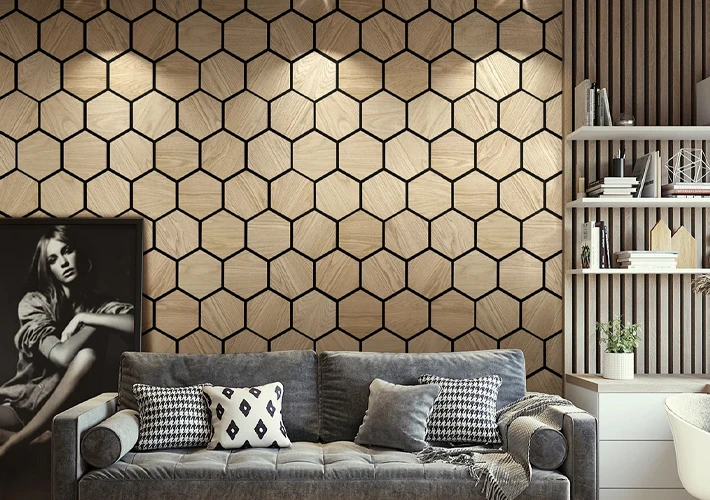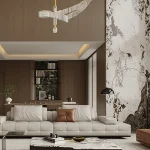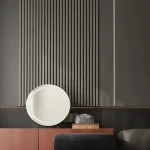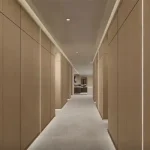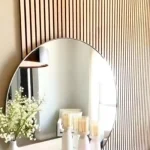Nos sites
PHOTOS ET OUTILS DE CONCEPTION
IDÉES DE CONCEPTION
- How to Choose Materials for 5 Star Hotel Bathroom Design
- Best Hotel Rest Area Design Ideas for Luxury & Comfort
- What Are Some Commonly Used Wall Panels in Hotel Bathroom Design?
- How to Choose Luxury Hotel Furniture for a 5-Star Guest Experience
- Top Trending PVC Wall Panel Designs for 2025
- Hotel FF&E Design Trends 2025 | China Hotel FF&E Manufacturer & Supplier
- What Are the Main Types of Hotel Cabinets?
- How PVC Marble Sheets Enhance Luxury and Durability in Hotel Wall Decoration
CHAMBRES ET ESPACES
- Wooden, Metal or MDF? Best Materials for Hotel Bedside Tables
- Best Hotel Room Furniture Suppliers for 3–5 Star Hotels
- What Are the Advantages of Acoustic Panels for Office Use?
- Modern Hotel Furniture Trends and FF&E Packages for US Resorts
- What is the Furniture Used in a Hotel?
- Best Acoustic Panels for Studios, Theaters & Conference Rooms
- Best Acoustical Wall Panels for Offices, Homes, and Studios
- Advantages of Connecting with a Hotel’s Whole-House Customization Factory
COMMENT INSTALLER
- How to Install Bamboo Charcoal Wood Veneer
- Les panneaux acoustiques doivent-ils être posés sur les murs ou les plafonds ?
- Guide de pose des plaques de marbre en PVC, étape par étape
- Méthode d'installation des panneaux muraux en WPC
- Comment installer les panneaux muraux SPC ?
- Comment installer un placage en bois de bambou et de charbon de bois ?
- Améliorer la qualité du son avec des panneaux acoustiques
- Comment installer Bamboo Charcoal Wood Veneer ?
COMMENT NETTOYER
CHAMBRES ET ESPACES
LES MEILLEURS CONSEILS D'EXPERTS
- Bamboo Charcoal Wood Veneer Price Guide & Global Market Trends
- Top WPC Wall Panel Manufacturer and Factory for Global Projects
- Top 10 Best Acoustic Panels for Modern Interior Decoration
- How to Choose the Best Hotel Luxury Sofa for Your Project
- Latest Market Trends of WPC Wall Panels in 2025
- Common Sizes of Acoustic Wood Paneling: A Comprehensive Guide for Global Buyers
- Why Import WPC Wall Panels from China? Advantages and Trends
- Tips for Selecting Studio Acoustic Panels
APPRENDRE LES BASES
- What is the Price of 8×4 PVC Marble Sheet?
- What Are the Raw Materials for WPC Wall Panels?
- Why Are Acoustic Wood Panels So Popular in Canada?
- What Are the Standard Dimensions of SPC Waterproof Wall Panels?
- Why PVC Marble Sheets Are the Best Alternative to Real Marble
- What Are the Benefits of WPC Wall Panels?
- What Are the Standard Sizes of Acoustic Wood Panels?
- Which are Some Reliable WPC Wall Panel Suppliers in China?
COLLECTIONS POPULAIRES
INSPIRATION
COLLECTIONS POPULAIRES
INSPIRATION
COLLECTIONS POPULAIRES
INSPIRATION
COLLECTIONS POPULAIRES
INSPIRATION
INSTALLATION ET CONSEILS
COLLECTIONS POPULAIRES
INSPIRATION
INSTALLATION ET CONSEILS
A propos de nous
EXPLOREZ LES ÉTATS-UNIS
INSTALLATION ET CONSEILS

